Among the household appliances that require the most maintenance, we find the refrigerator. The hygiene inside the fridge must be optimal in order to limit the development of pathogenic microorganisms and potential sources of mold. So, without further ado, let’s dive into this blog and learn some of the best tips to clean your entire appliance to effectively reduce the risk of food contamination and poisoning.
1. Fridge maintenance: how to ensure optimal hygiene?

The refrigerator is the guarantor of food preservation. This household appliance requires regular maintenance to avoid the development of microorganisms potentially dangerous for your health and that of your family. Here are some tips for cleaning your fridge, eliminating germs efficiently, and ensuring perfect hygiene.
2. The risks of a poorly maintained refrigerator for your health
The role of the refrigerator is simple: to maintain a sufficiently low temperature to limit the multiplication of microorganisms in the food. Most of these germs are harmless, and their presence is normal, but there are also pathogenic microorganisms that cause poisoning and illness (salmonella, staphylococci, and listeria). To proliferate, they need water, food, and a sufficient temperature. A poorly maintained, not cold enough, or poorly organized fridge is a breeding ground for them. Your food can go moldy more quickly, and you risk getting sick.
3. Clean the fridge regularly and keep it well organized
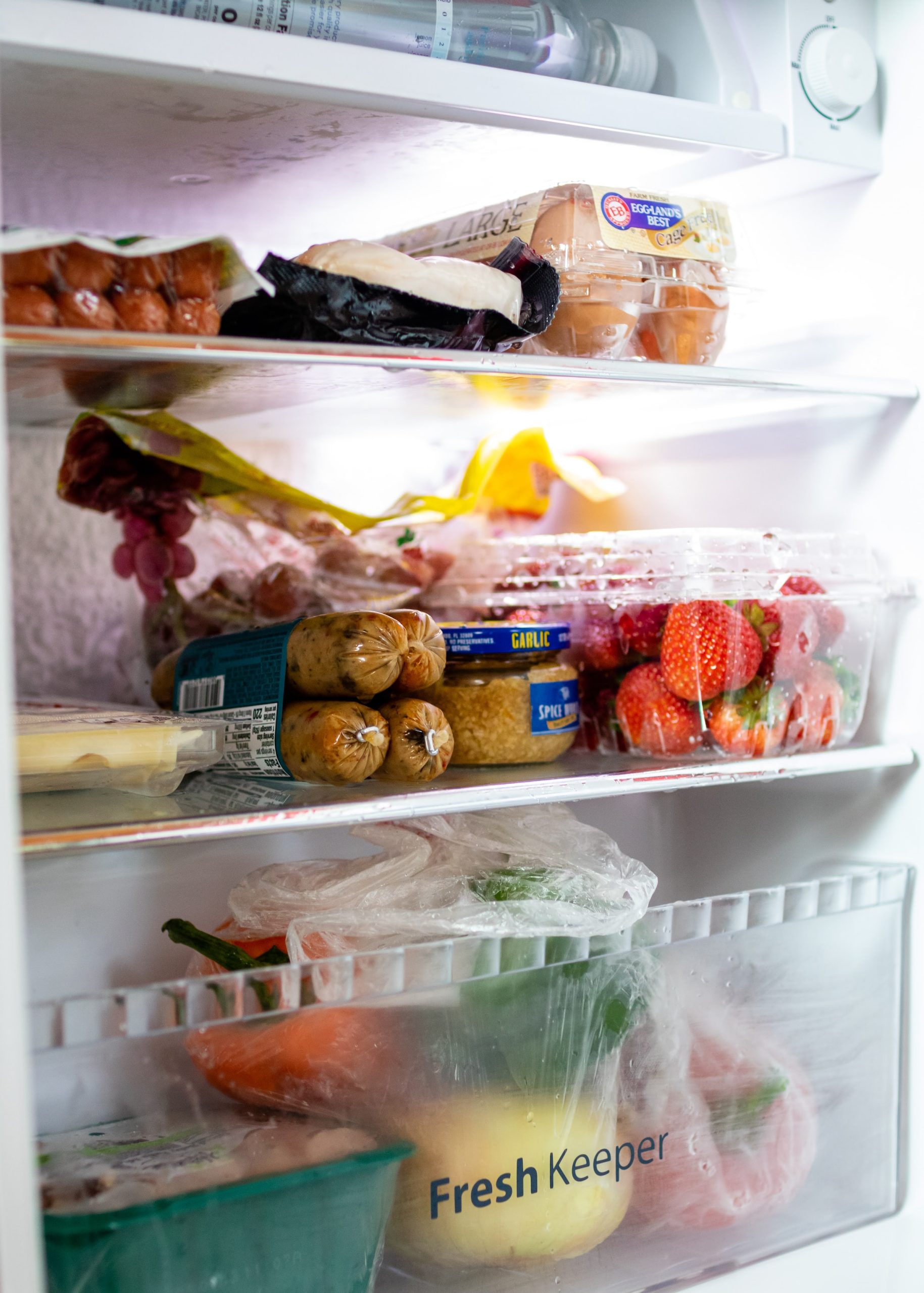
By removing stains and liquid traces regularly, you will effectively reduce the growth of germs in your fridge. Soapy water will do the trick. Check the condition of your food and prepare or dispose of spoiled food quickly to avoid contamination. To limit spoilage, store your food in the right place, in well-sealed containers. Don’t hesitate to put a memo on the door for the whole family to remind them of the right thing to do and limit mold appearance.
4. Thoroughly disinfect your refrigerator
Monthly maintenance of the fridge keeps it clean and reduces the proliferation of microbes. Remove the various elements (tray, shelves) for separate washing. Wash the appliance from top to bottom and finish with the door. Use a sponge to apply a mixture of half warm water and half alcohol vinegar or just warm soapy water. Rinse with clear water and dry with a cloth.
Once a year, it is necessary to defrost your fridge to disinfect it. Plan the right moment: when the fridge is almost empty. Unplug it, put a mop in front of the door and wait until the frost on the bottom wall disappears; then use a microfiber with a mixture of half warm water, half vinegar, or warm soapy water. Scrub the door seals and the water outlet at the bottom of the fridge with a toothbrush. Rinse and dry. Don’t forget the outside of the appliance, especially the handle.
5. Maintain your refrigerator without chemicals
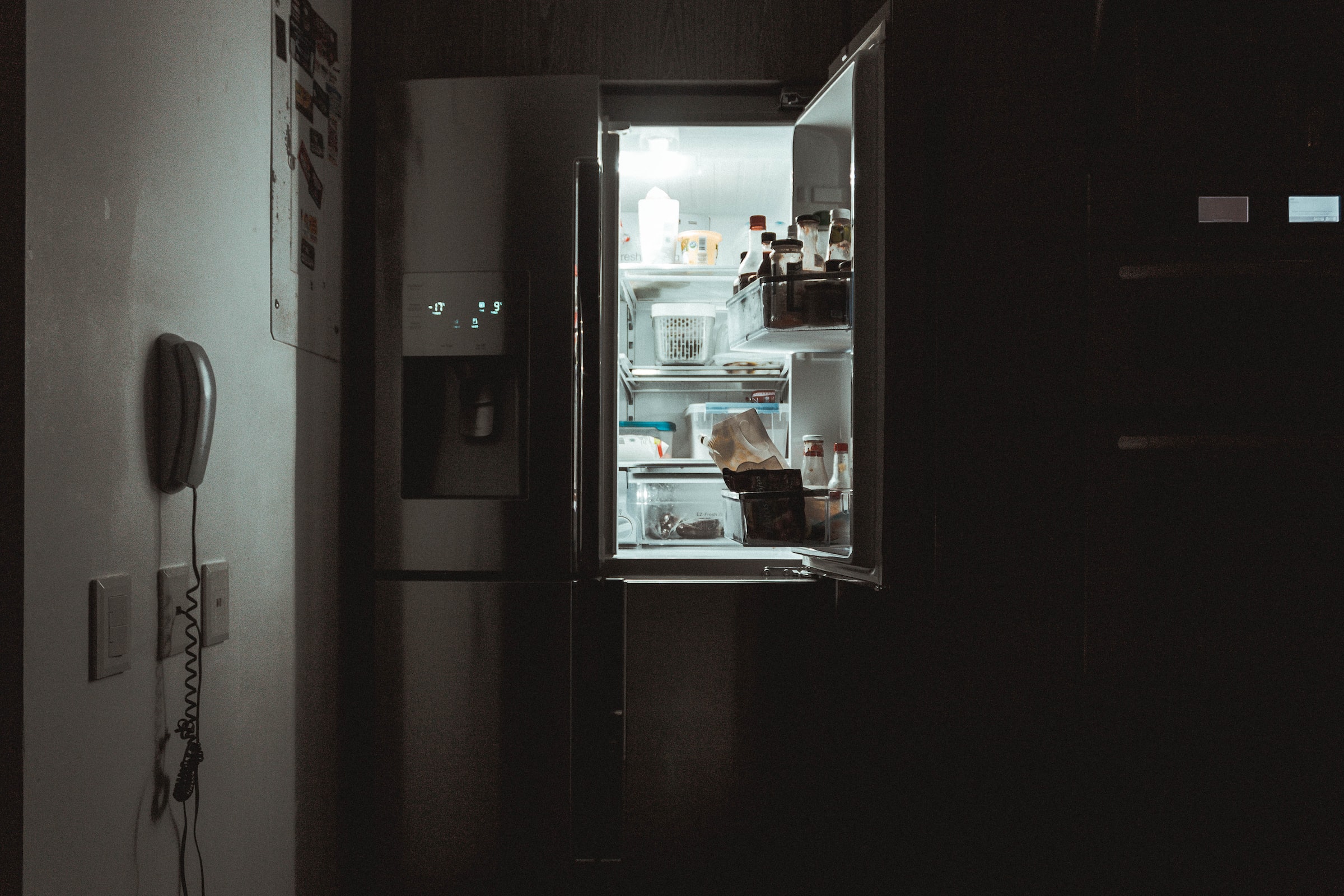
To do without detergents, even natural ones, there is steam cleaning, ideal for powerful and ecological cleaning. Portable cleaners simplify the chore of cleaning the refrigerator. The profile of the spray nozzle, as well as the set of accessories, facilitate access to all the nooks and crannies to eliminate all microorganisms thanks to the heat.
Final thoughts
Finally, here are 3 precious recommendations for this cleaning. When cleaning your fridge, you should never:
- Apply bleach; too aggressive for the appliance and especially for your lungs
- Use defrosting sprays, some of whose ingredients are considered risky.
- Remove the ice with a knife or a hair dryer.
Your fridge is something that you use every day, and if you are anything like us, then you open it at least 25 times a day to see if something new pops up in it. This is why you need to clean it regularly because it is where you keep all your food and is an essential part of your home. Sound off in the comments section below, and tell us what you want to read next and if you want to read more about cleaning your fridge.

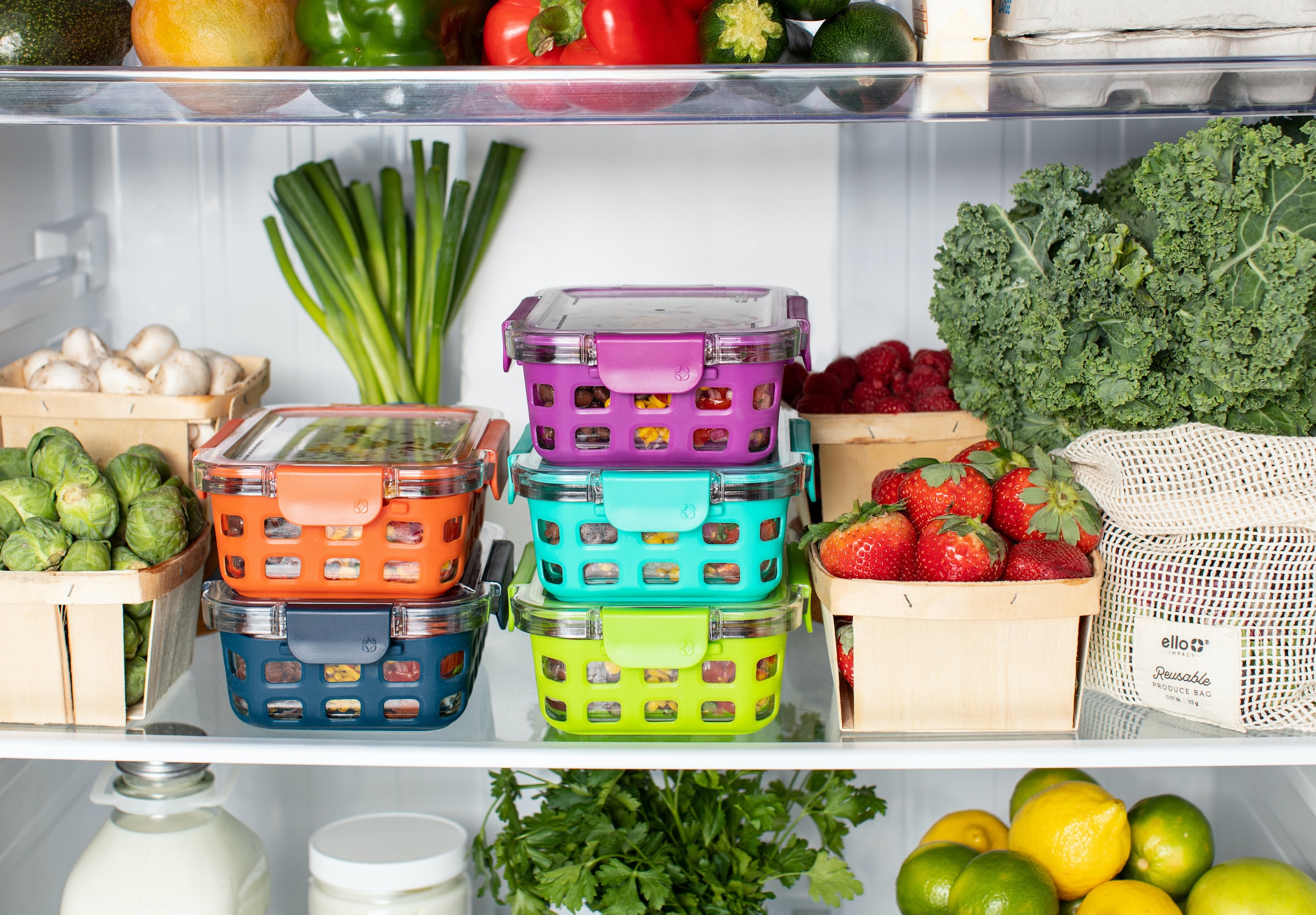
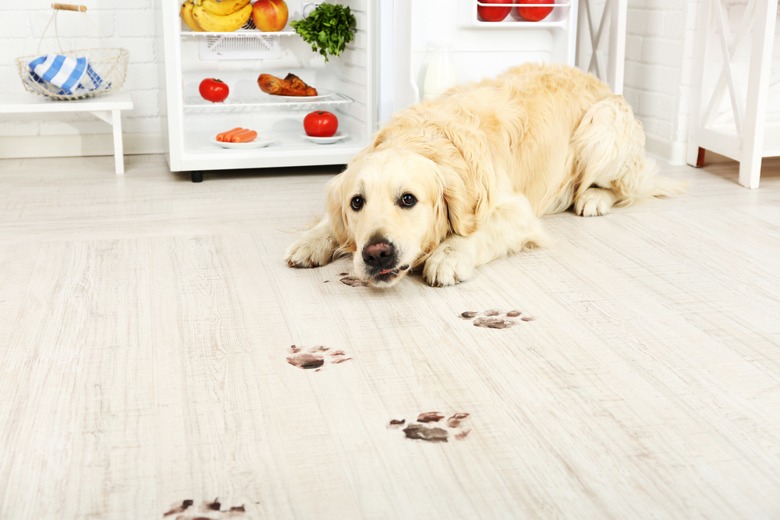
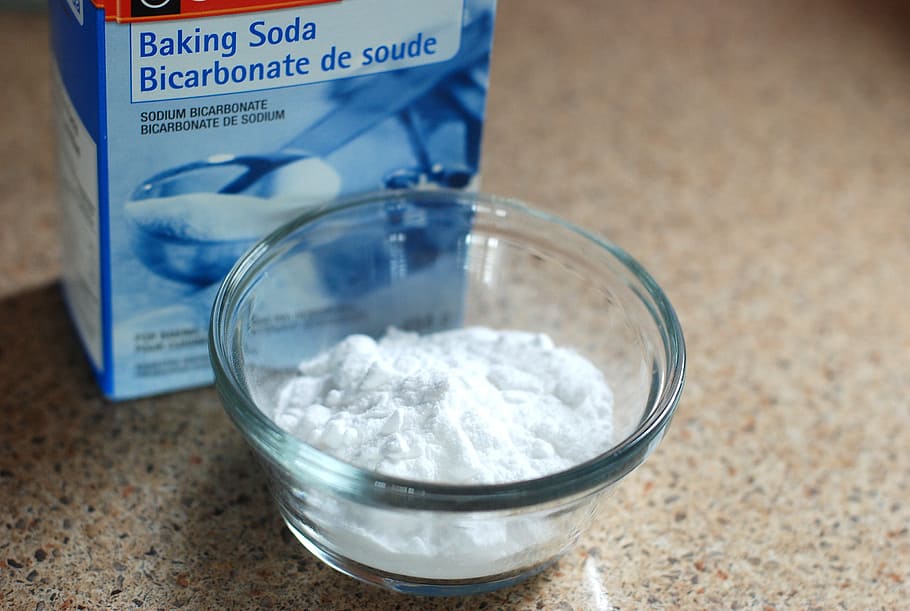
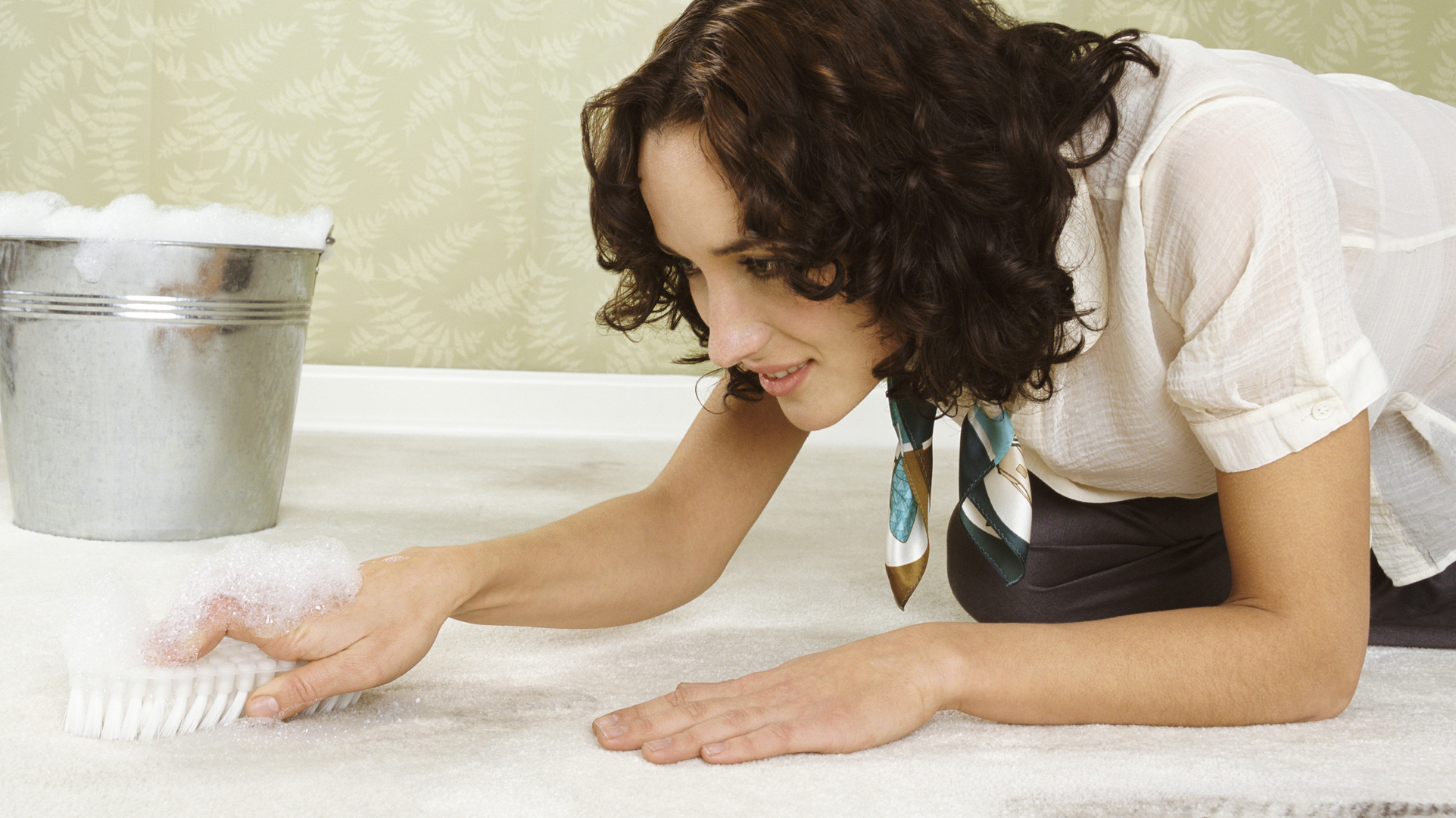

1 Comment
[…] Sound off in the comments section below, and tell us what you want to read next and if you want to read more about cleaning your workspace. […]